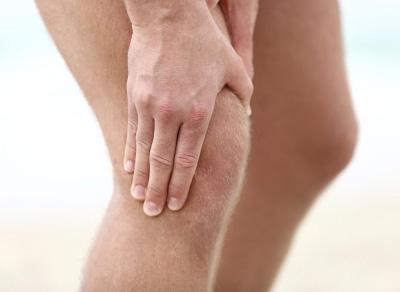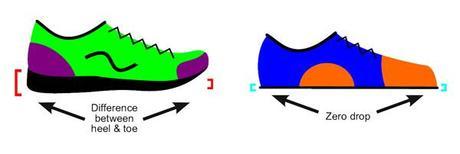
Let's face it, arthritis is no fun for anyone. The chronic feeling of pain and stiffness in joints can be both inhibiting and frustrating in daily life. Osteoarthritis (OA) in knees can be especially distressing because it can be felt with every single step and often limit mobility. Unfortunately, the latest statistics from the Center of Disease Control and Prevention tell us that this is a very common problem with almost 50% of people developing symptoms of knee OA by the age of 85.
The good news is that this condition may be preventable or even somewhat relieved by a simple change in footwear. Many people do not think to associate knee pain with shoes, but current research suggests the connection is strong.
A 2006 study performed at Rush Medical College1 studied the knee-load, or the amount of stress placed on knee joints, from several participants wearing a variety of different shoes. The test footwear included clogs, stability shoes, walking shoes, flip-flops and bare feet. After taking time to allow participants to adapt to their new footwear, researchers measured the knee load from each type of shoe. After compiling the data, the results came as a surprise to many people.
Dr. Ray McClanahan, podiatrist at NW Foot and Ankle, has devoted his career to studying how foot and body problems can be treated and prevented by encouraging natural foot function. His own work strongly correlates with this study. As he puts it, "Footwear plays an important role in the development and/or worsening of osteoarthritis of the knee. Wearing stiff footwear, like clogs and traditional athletic shoes, has been shown to increase stress on the knees. This contributes significantly to arthritis. On the other hand, when shoes are completely flat and sufficiently wide, the foot can function optimally, and there is minimal stress placed on the knee."2

This data suggests that going barefoot or wearing shoes with flat, flexible soles may decrease your chances of developing knee OA. And if you already feel pain in your knee joints, switching to barefoot or minimalist shoes may provide relief from the pain by putting less strain on your knees as you walk. Arthritis is not reversible, but it may be preventable and treatment can slow its progression.
Another tip for healthy joints: keep moving! While it may sound like less movement overall is best to prevent knee load, the opposite is actually true. Multiple studies have shown that regular movement both strengthens joints and helps keep weight down (which also lessens knee load). Failing to move or exercise enough has been shown to be just as damaging to your joints as overexertion and excessive strain. Although doctors disagree on what should be considered a healthy amount of exercise, 1–2 hours of moderate activity three or more days a week is often considered ideal.
We're proud to say that every shoe we make here at Soft Star comes with a completely flat and flexible zero-drop sole. For more information about the qualities we require in our shoes, check out our Barefoot Shoe Infographic. And if you do decide to transition to try minimalist shoes, remember to transition slowly!
1. Shakoor, Najia and Block, Joel A. (2006). Walking Barefoot Decreases Loading on the
Lower Extremity Joints in Knee Osteoarthritis. ARTHRITIS & RHEUMATISM, Vol. 54, No. 9. https://nwfoot-prod.s3.amazonaws.com/editor/files/127/Shakoor___Block_-_Walking_Barefoot_Decreases_Loading_On_Lower_Extremities.pdf
2. Dr. Ray McClanahan. "Knees and Arthritis" NW Foot and Ankle. https://nwfootankle.com/foot-health/drill/2-articles/118-knees-arthritis

